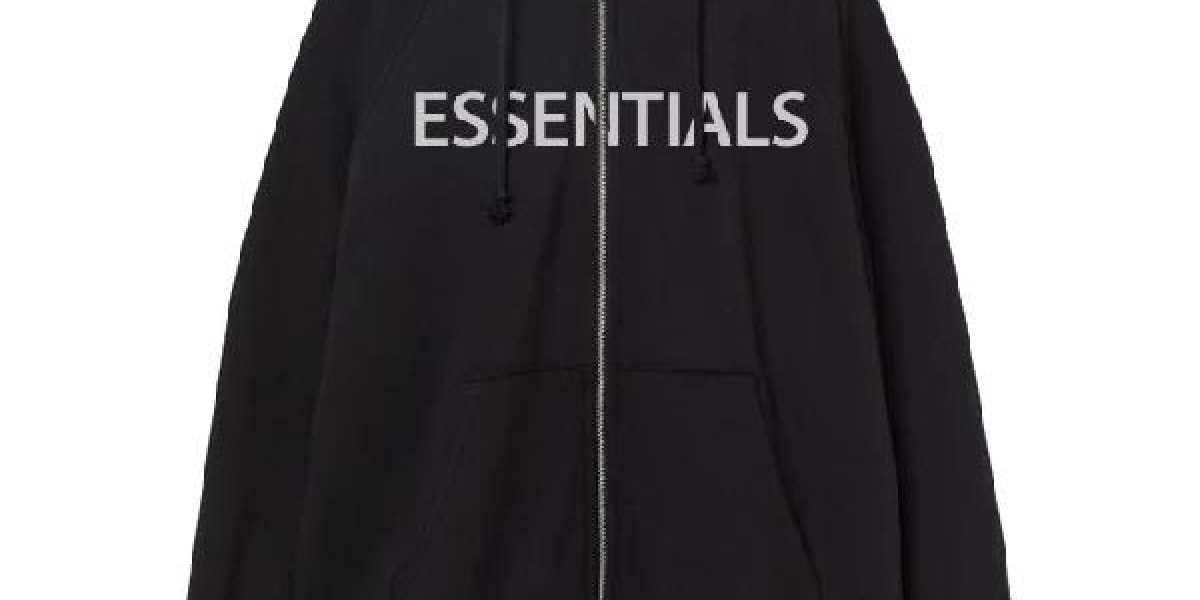Unlock Your Accuracy: The Ultimate Guide to Choosing the Perfect Thermal Sight for Your Rifle!
In the world of precision shooting and hunting, the right equipment can make all the difference. Enter thermal sights, a revolutionary technology that enhances rifle accuracy by allowing shooters to see in complete darkness and through obscurants like smoke and fog. As the popularity of thermal sights grows among hunters and shooting enthusiasts, many find themselves overwhelmed by the options available. This article aims to simplify the selection process, guiding you through the key considerations for choosing a thermal sight for your rifle that meets your specific needs and enhances your shooting experience.

Understanding Thermal Sights: How They Work
Thermal sights operate on a fascinating principle: they detect infrared radiation emitted by all objects, including humans and animals, and convert this data into a visible image. This technology relies on sophisticated sensors that capture temperature differences, allowing users to distinguish between potential targets and the surrounding environment. The processed image is then displayed on a screen, often enhanced with features like color palettes to aid visibility. One of the key advantages of thermal sights is their effectiveness in low-light conditions, making them invaluable for nighttime hunting or surveillance. A friend of mine, an avid hunter, once shared how a thermal sight transformed his night hunts, enabling him to spot deer long before they could see him, thus improving his accuracy and success rate.
Key Features to Consider When Choosing a Thermal Sight
When selecting a thermal sight for your rifle, there are several essential features to ponder. First, resolution is crucial; higher resolution provides clearer images, allowing for better target identification. Magnification also plays a significant role; choose a level that suits your typical shooting distance. Detection range is another vital consideration; a longer range can enhance your ability to spot targets from afar. Additionally, consider battery life—thermal sights can consume significant power, so opt for models with extended battery life to avoid interruptions during use. User interface and durability are equally important; ensure that the sight is easy to operate and robust enough to withstand harsh conditions. These factors can greatly affect your shooting experience and overall effectiveness.
Types of Thermal Sights: Which One is Right for You?
Several types of thermal sights cater to different shooting styles and preferences. Clip-on systems are designed to attach to existing scopes, providing versatility and ease of use. They are an excellent option for those who may not want to replace their current setup. On the other hand, dedicated thermal scopes are built from the ground up for thermal imaging, often offering superior performance in terms of image quality and features. However, they may come with a steeper learning curve and price tag. Understanding your specific usage scenarios is key to making the right choice; whether you’re hunting in varied terrains or engaged in tactical operations, the right type of thermal sight can significantly enhance your abilities in the field.
Understanding Legal Considerations and Regulations
Before purchasing a thermal sight, it’s imperative to familiarize yourself with the legal considerations surrounding their use in your region. Laws vary widely by country and even by state, with some areas imposing restrictions on the use of thermal optics for hunting. Violating these regulations can result in hefty fines or legal trouble, so always ensure compliance with local laws. It’s advisable to consult local hunting regulations or seek guidance from experienced shooters in your area. This diligence not only protects you legally but also enhances your reputation as a responsible hunter.
Maintenance and Care Tips for Your Thermal Sight
To ensure your thermal sight remains in optimal condition, regular maintenance is essential. Start with basic cleaning; use a microfiber cloth to gently wipe the lenses and remove any dust or smudges. Avoid using harsh chemicals that could damage the optics. When not in use, store your thermal sight in a cool, dry place, ideally in a protective case to guard against impact and moisture. Additionally, periodically check for firmware updates from the manufacturer, which can improve performance and fix bugs. Taking these simple steps can extend the life of your thermal sight and maintain its performance, ensuring you’re always ready for action.
Making an Informed Choice
Choosing the right thermal sight for your rifle is a critical decision that can significantly impact your shooting accuracy and overall experience. By understanding the technology behind thermal sights, considering key features, and evaluating the types available, you can make an informed choice that aligns with your specific needs. Remember to stay informed about legal regulations and prioritize maintenance to ensure your sight performs optimally. With the right thermal sight in hand, you’ll be well-equipped to enhance your shooting capabilities and pursue your passion with confidence.








